I think that what excites me most about film shooters today is the DIY mindset we all have to embody in order to be here. It is the unintended side-effect which comes from many of us working with tools older than we are at this point. Most of the major manufacturers have forgotten about the analog market and this means we will often have to find our own innovative solutions to our problems just to carry on. Sometimes that means going all the way and designing a new camera system from scratch in your apartment just like Ryan Oh, the creator of the O.Zone. When I first met Oh, we were both finishing up our undergrad programs in Chicago, and had initially bonded over a shared interest in weird DIY cameras (I had been shooting with a 4×5 converted Polaroid 110a). It’s been quite a while since he and I have gotten to chat. So when he hit me again out of the blue about a new medium format camera system he’d been developing, you know I had to listen up.
What Oh has created is a compact, interchangeable lens, open-source camera system based around 6×9 Horseman roll film backs, and he calls it “O.Zone”. Admittedly it isn’t quite like any other system I’d ever used before. Starting with a simple lightweight body and Mamiya Press lens mount, the O.Zone is capable of taking any Graflok 23 style back, meaning it can shoot 6×9, 6×8, 6×7, 6×6 formats, or even panoramic 35mm with the appropriate adapter. The camera is fitted with four accessory cold shoes on top for add-ons to enhance your shooting experience like a viewfinder or even a LIDAR rangefinder, and has a spot for a screw-in hand grip. It’s an unusual camera, so when Oh offered me his kit for the summer how could I say no?
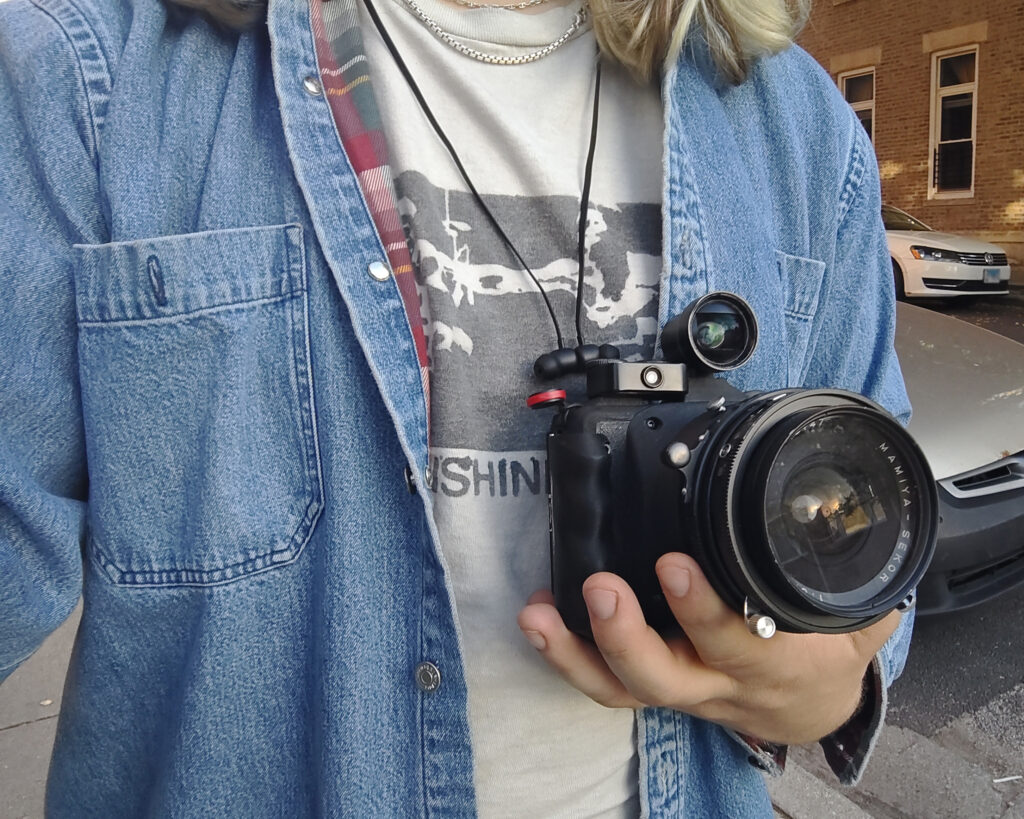
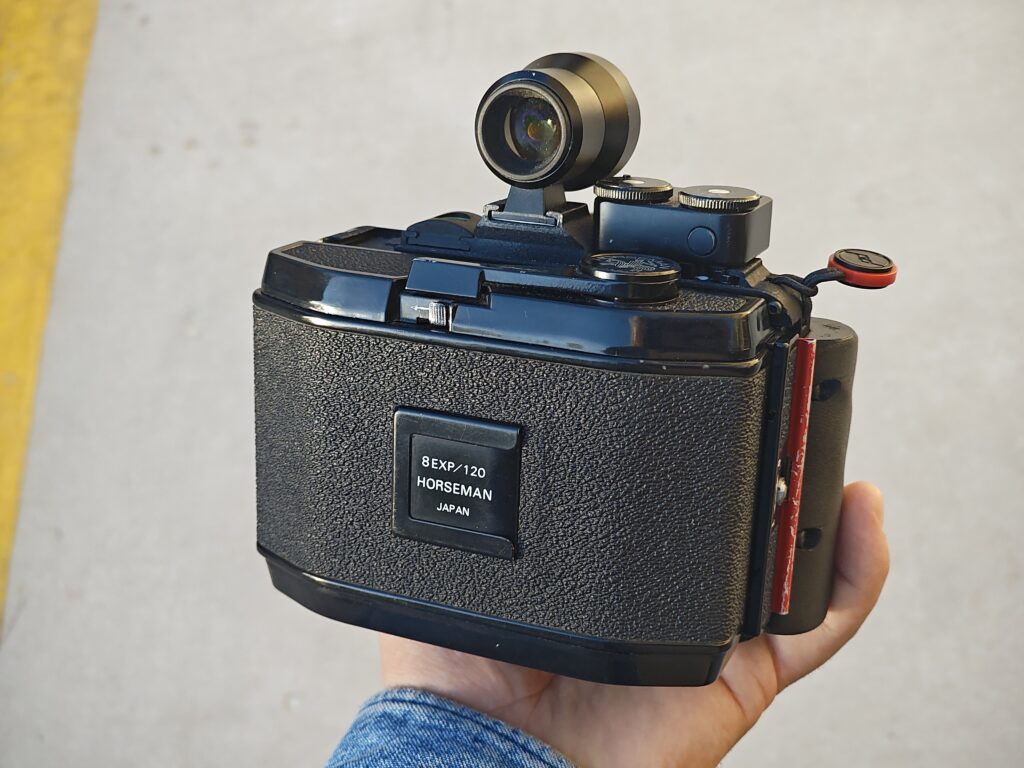
When I received the O.Zone, I couldn’t wait to tear open the box and look inside. My kit was mounted with a Mamiya Sekor 50mm f/6.3, 21mm viewfinder, 6×9 back, and a light meter. I felt like it looked like a supersized Barnack Leica. My first impression out of the box was just how light and compact this camera felt for being a 6×9 system. The whole kit I had weighed in just a little over 1.34kg, or just shy of 3lbs. Strip the O-Zone down though and you’re left with a body-only weight of 5.8 ounces or 164 grams! Previously I have only ever experienced 6×9 through cameras like the Mamiya Universal Press which weighs a bulky 1.95kg without a lens. Even the formidable Fuji GW690III weighs 1.51kg! It’s safe to say that the O.Zone is the lightest, and most compact 6×9 system available today.
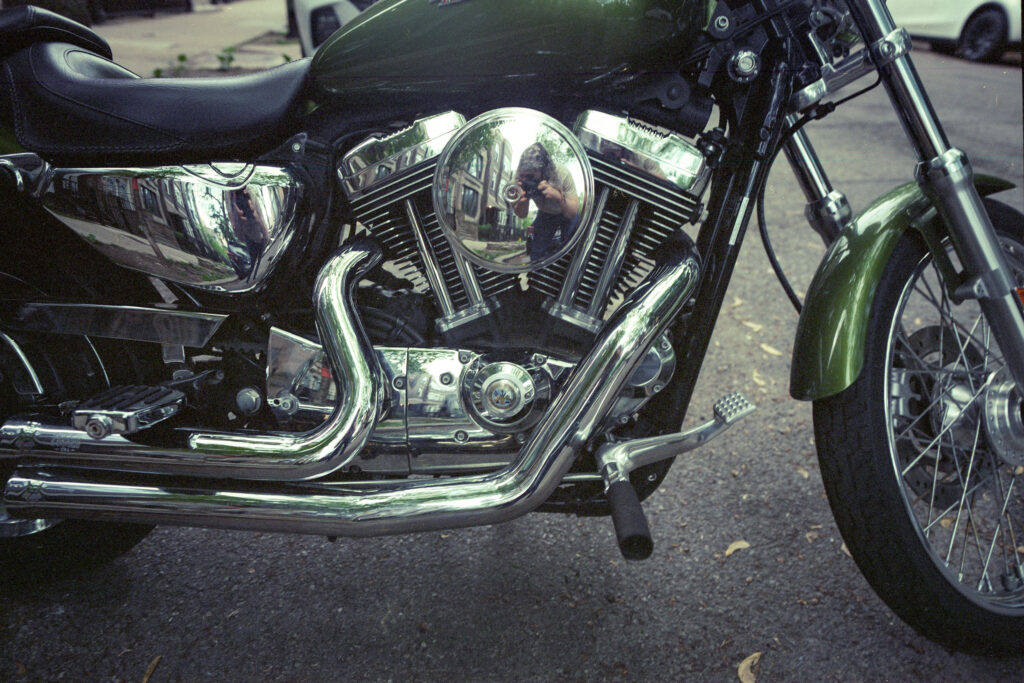
Between being so lightweight and having such a wide field of view, I could tell immediately that this was going to be a unique shooting experience. I was not disappointed. Truthfully, shooting on the O.Zone feels more like using a Ricoh GR or Rollei 35 series camera than it does a traditional medium format body. There is no reversed ground glass image to compensate for, I’m not reaching into my pocket for my light meter, in fact, the lens I’m using assures I barely even have to focus. Oh claims that his design is meant to be inspired by WWII-era aerial cameras, and that comparison is easy to make. Aerial cameras prioritized using a large film format and wide-angle lenses at hyperfocal distances to produce highly detailed images quickly and easily in rugged conditions. They might look a bit funny today, but I have to admit I have always wanted to see what it might be like to use one.
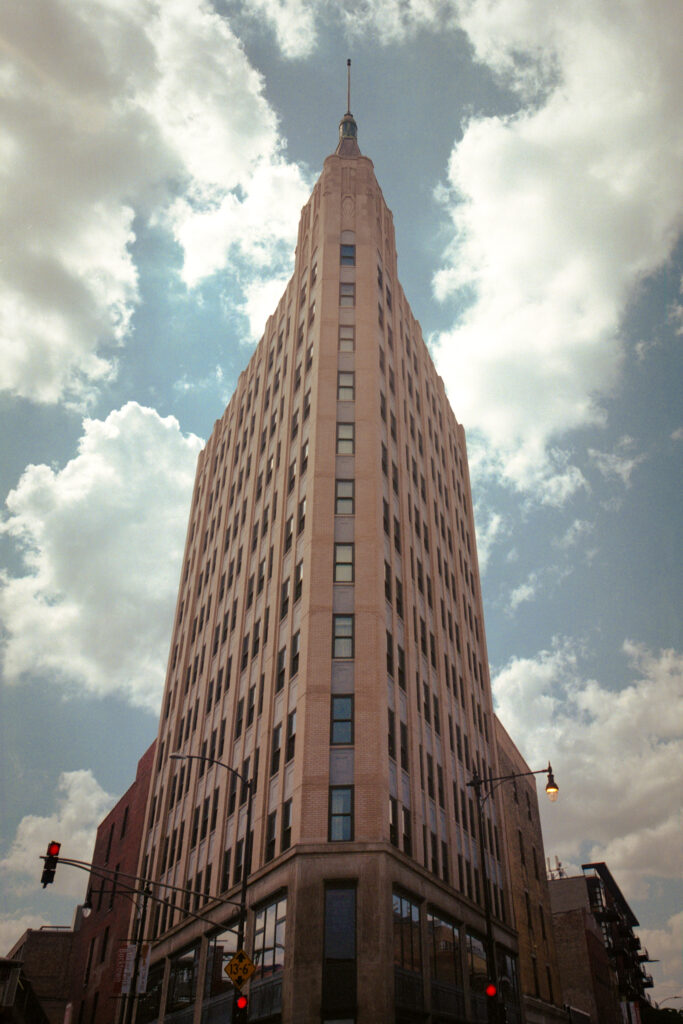
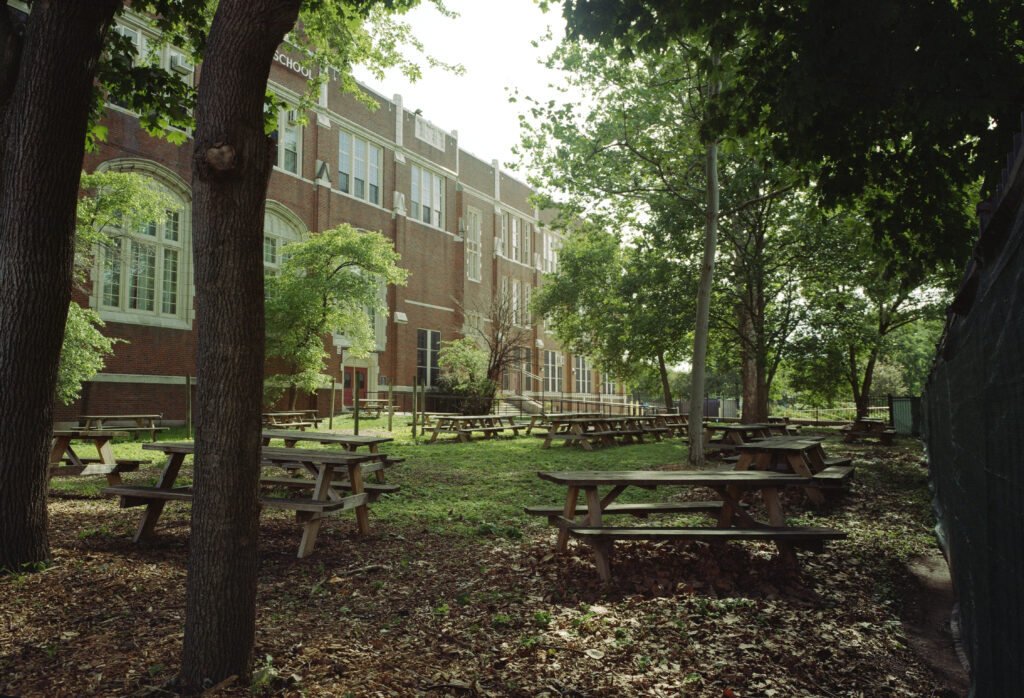
While the O.Zone isn’t capturing any dogfights over the Pacific anytime soon, this “baby” aerial camera seems to be ideally suited for quick snaps and fast-paced action on the street. I personally used the camera like I would any of my 35mm compacts, bringing it along with me to take quick snaps on my bike rides around town, sitting in the park on my lunch break, or meeting up with friends and family. It was remarkable to see how casual a 6×9 shooting experience can feel when using a camera that is as barebones as the O.Zone. Never before have I felt compelled to call a 6×9 camera “discreet”, but the O.Zone certainly deserves that title more than most. In all honesty, the O.Zone is about as easy to lug around town as my trusty Nikon F2, but these negatives are 4x the size!
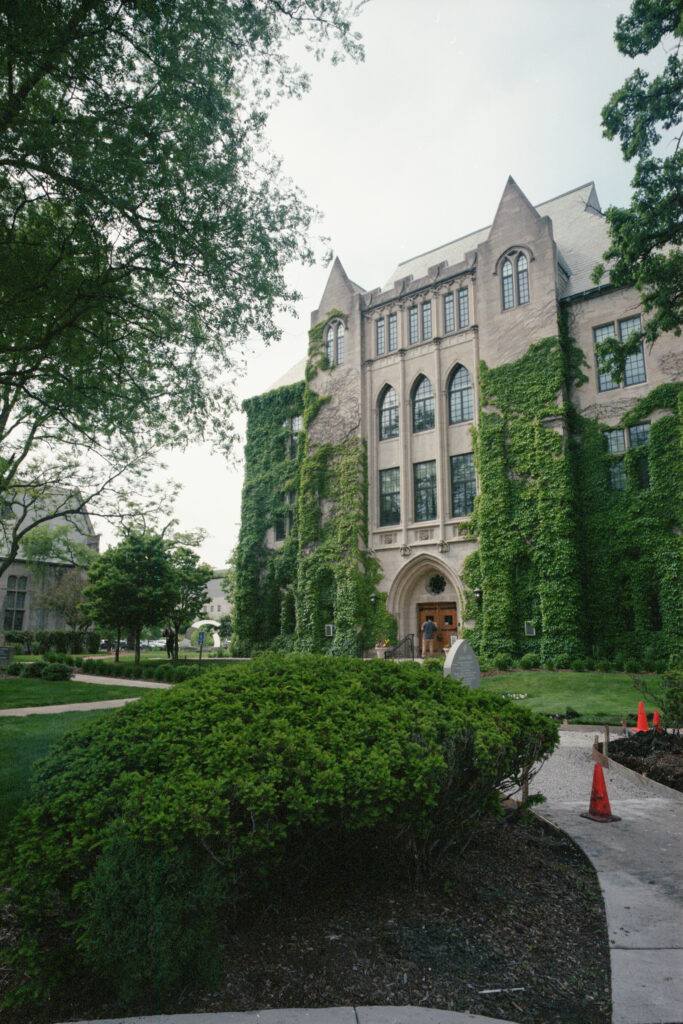 Not everything is perfect with the O.Zone though. Obviously being able to create negatives this size so easily can come at a significant financial cost if you aren’t being careful. While the O.Zone may be as easy to use as most 35mm cameras, you won’t be able to “spray and pray” as easily as you can on a point-and-shoot. If I were to use the O.Zone more regularly, I would probably opt to shoot it with an RB67 back instead in order to maximize film economy.
Not everything is perfect with the O.Zone though. Obviously being able to create negatives this size so easily can come at a significant financial cost if you aren’t being careful. While the O.Zone may be as easy to use as most 35mm cameras, you won’t be able to “spray and pray” as easily as you can on a point-and-shoot. If I were to use the O.Zone more regularly, I would probably opt to shoot it with an RB67 back instead in order to maximize film economy.
There are also a few tweaks I am hoping Oh makes in future updates to the design. For instance, the handgrip is too small and narrow for my larger hands and I feel like I am often pinching the camera or holding it by the lens barrel to compensate. However, the hand grip simply screws in with some hex bolts, and I think this would be a great opportunity for Oh to offer different grips for different hand sizes. The clip that holds the film back to the camera is also a little more fiddly than I’d like. However, I’ll admit that once it is clipped in place the fitting is very secure. Making a camera body from nylon instead of metal can also come with some challenges, as I have learned. Recently, I brought the camera out for an end-of-summer festival with my partner’s family and just about had a heart attack when I felt the camera fall from my shoulder. Unfortunately, a strap lug snapped off as I was walking along, causing my review unit to fall to the ground! Thankfully I caught the camera and there was no damage apart from the broken strap lug. As a disclaimer though, when I brought this up with Oh, he assured me that my unit is a very early model, and this issue has already been fixed on the current version available now. I would not doubt that Oh and the O.Zone community will continue to tinker with and optimize his design over the years to come.
That is truthfully what makes this project so exciting to me in the end. Very few other cameras allow for the seemingly infinite ways that users are able to customize an O.Zone to fit their needs. This is supposed to be an open-source camera system, meaning you can download the files from his website and print this camera yourself at home (though a pre-made version is available in his eBay store as well). Oh hopes that users of the camera will design their own improvements and accessories, and share them with each other online. For me, this is one of the strongest aspects of this system. Many of us may remember the Goodman Zone VI camera from several years ago which has been praised for taking a similar approach to their community. I don’t see any harm in more camera manufacturers coming from the analog photography community taking on this approach.
In fact, I would argue that cameras like the O.Zone are somewhat emblematic of what 21st-century film photography is really all about. Using the power of readily available digital tools and global information networks beyond what any photographer in the 20th century could imagine, we as artists and practitioners of this craft are able to take advantage of old tools in new ways that keep our medium alive. For most of the time I have been alive, the film has been presumed dead. But we know that couldn’t be further from the truth. In fact, I have seen our community pull off some pretty spectacular accomplishments in the last decade from resurrecting Polaroid to convincing Pentax they needed to make 35mm cameras again. It’s cameras like the O.Zone that remind me how far film photography has come in this century, and leave me excited for where it is headed. I fear that it will be a somber walk home from the post office when I finally have to say goodbye.
Share this post:
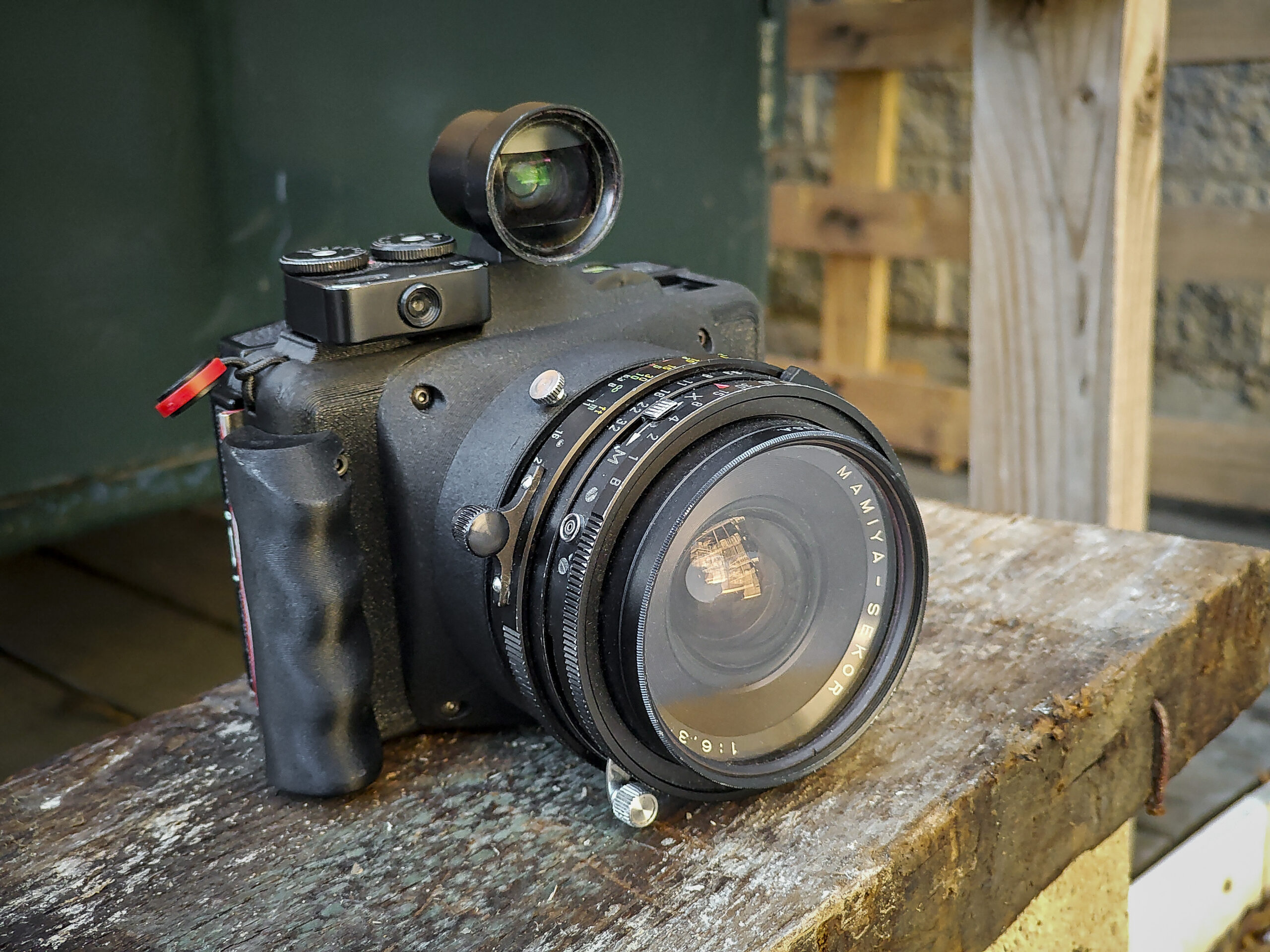
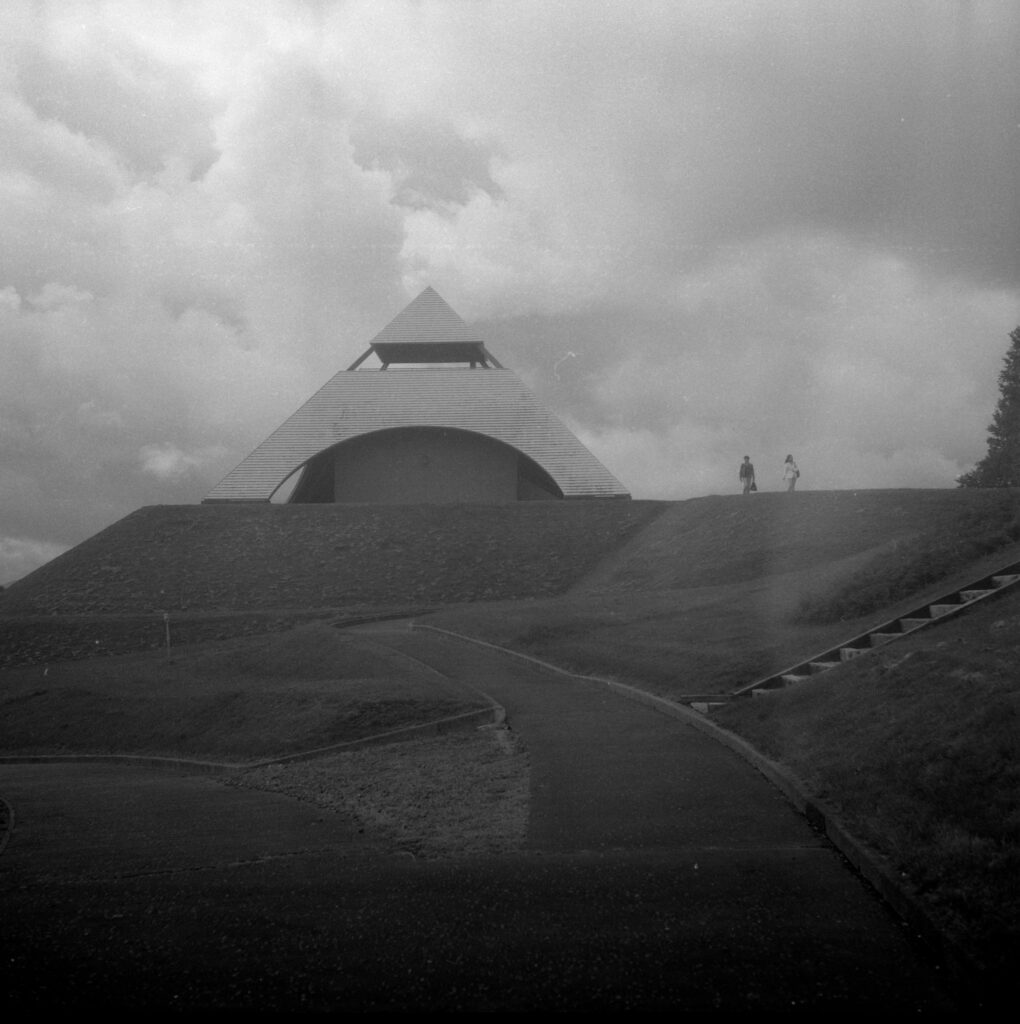
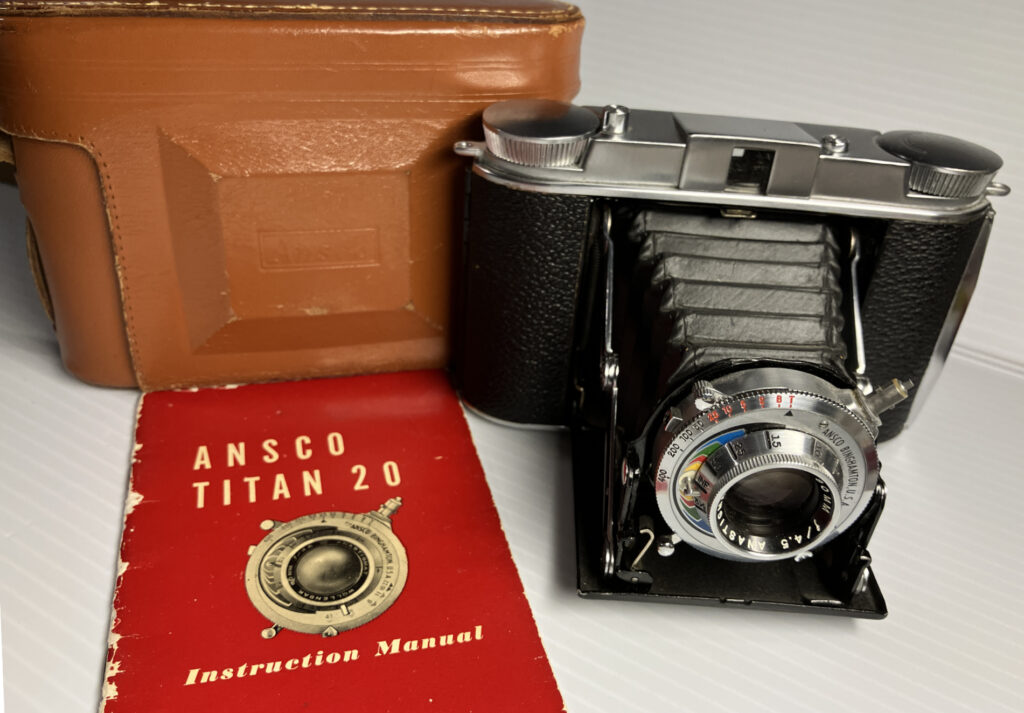
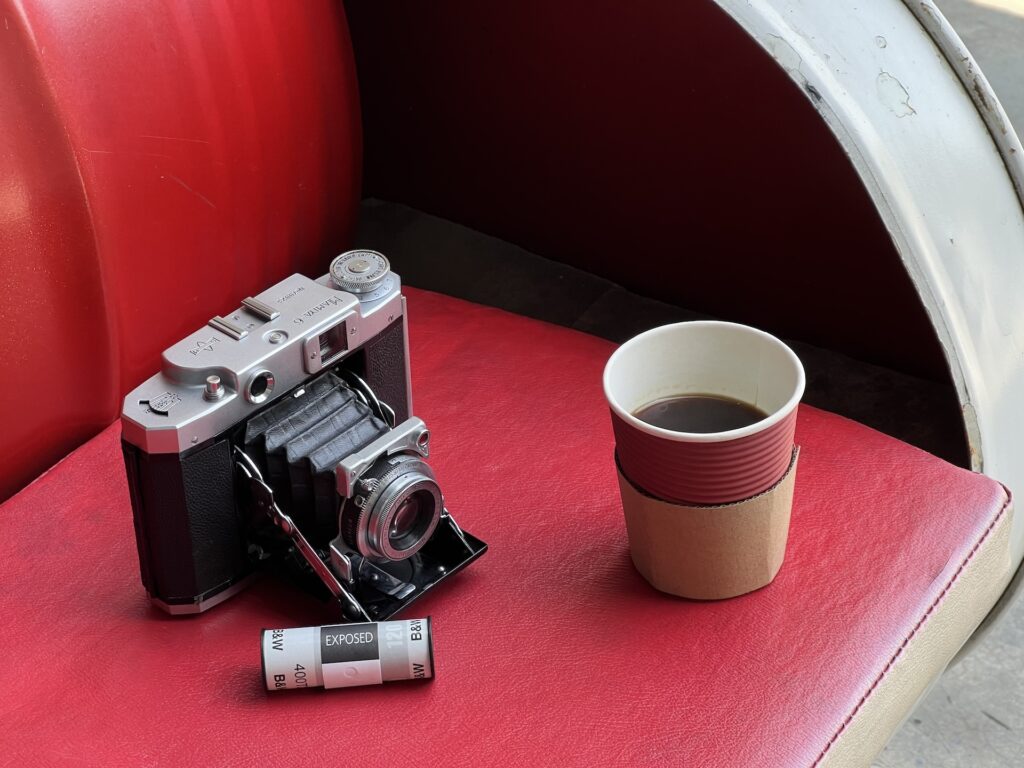
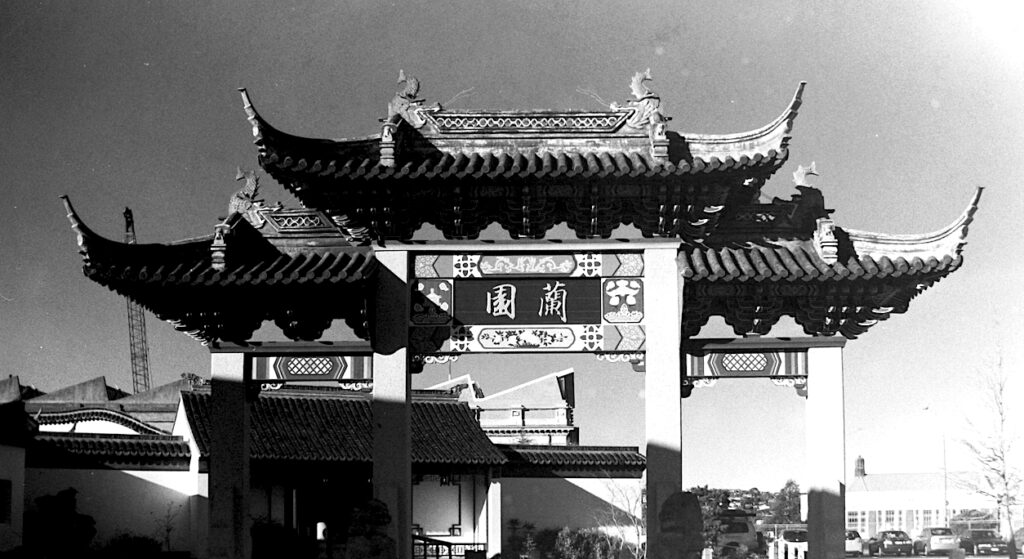




Comments
Russ Rosener on O.Zone 69 – My Summer with an Open-Source Camera System
Comment posted: 29/11/2024
That was a more portable handheld camera designed for the U.S. Military in WW II and although it has a rangefinder could easily be used Zone focus. It could also use a small sheet film back. Early models also had a lens designed to focus PAST inifinity; a must for high altitude aerial photographers.
Is the main body of the "Oh" 3D printed? Cool idea to have 4 accessory shoes for light meter, flash, or even rangefinder.
Keith Beven on O.Zone 69 – My Summer with an Open-Source Camera System
Comment posted: 29/11/2024
Paul Quellin on O.Zone 69 – My Summer with an Open-Source Camera System
Comment posted: 29/11/2024
Leon Winnert on O.Zone 69 – My Summer with an Open-Source Camera System
Comment posted: 30/11/2024
Jeffery Luhn on O.Zone 69 – My Summer with an Open-Source Camera System
Comment posted: 01/12/2024
I really enjoyed your article and loved your photos. I have a 3-D printed WillTravel 4x5 with a 65mm wide angle lens. I did an article on it here on 35mmc. It's inexpensive and so lightweight. I'm excited to see where this 3-D printing is going to take us. The O.Zone camera looks like fun! Thanks for sharing your experience with us!
Jeffery